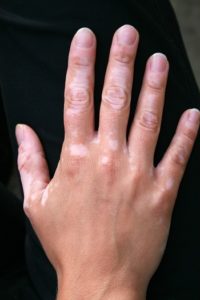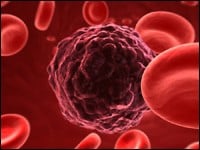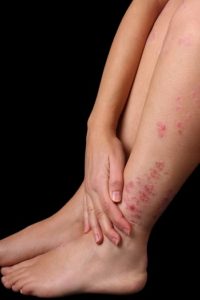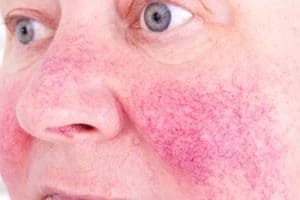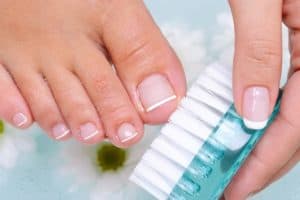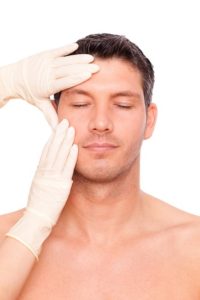Chapped skin can happen at any time of the year, from the warmest climate to the coldest. Whether it’s harsh chemical soaps, cold temperatures, or overexposure to the sun, chapped hands are painful and inconvenient in any season.
What is to blame for this nasty problem? Unfortunately, it has to do with a loss of moisture. Just washing your hands multiple times throughout the day can cause hands to peel and bleed. However, once you recognize your issue, then you can do something about it. Find out the best ways to care for your chapped skin to prevent this issue in the future.
Moisturize
If you want your skin to return to its once supple state, then you’re going to want to put back the moisture that you’ve robbed your skin of. Sadly, just drinking water just won’t cut it, although it is helpful. You must apply a moisturizer directly to your skin to combat this problem.
The best way to prevent chapped hands is to start a moisturizing regime even before your hands start to feel dry. This way it’s already a normal habit in your daily routine, and you can keep your hands from drying out.
Some people are dealing with such deep cracks and bleeding that a light moisturizer isn’t going to do the trick. In this case, using a thicker product can be very effective, such as petroleum jelly or a rich moisturizer that contains cocoa butter or beeswax as an ingredient. For an even deeper moisturizing experience, trying putting this product on at night, and then wearing cotton gloves to bed.
Washing hands
It’s vital to wash our hands, and no one is recommending giving up this healthy habit. It can, however, wreak havoc on your hands! It’s important to follow these steps when washing:
- Use a mild soap
- Avoid using hot water
- Pat rather than rub your skin dry
- Apply a moisturizer right away
While handwashing can be drying, hand sanitizer gels are even harsher on your skin. Try to avoid their use unless absolutely necessary, opting instead for a gentle wash.
If you are dealing with severely chapped hands and you can’t seem to find relief from your symptoms, then it might be time to see your dermatologist for treatment.




